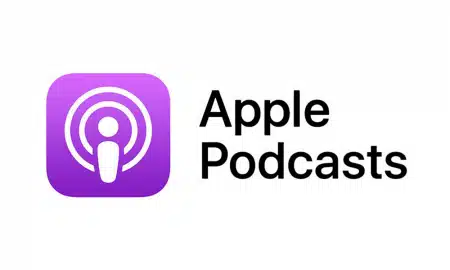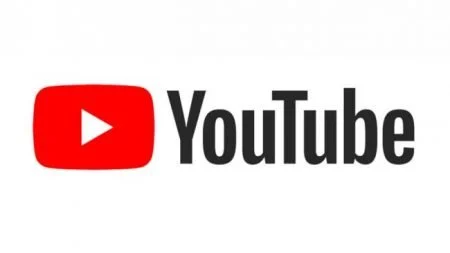Let’s get into the weeds discussing what it takes to build a television studio today. In this article and video, the Key Code Media team will discuss camera systems, lighting, and video switcher equipment that will allow you to build or upgrade a Television Studio, Control Room, and Network. We’ll cover hot topics like 12G, SMPTE 2110 standards, future-proof cabling, remote contribution, UHD video, multi-cam live streaming, graphics systems, augmented reality, and more.
If you need help building a studio- don’t hesitate to contact us.
What are the essential components in a television studio and the choices?
- Patch Panels & Cables – You may ask- why would we start here? While patch panels and cables sound boring- it’s likely the most important decision, as this is the nervous system of the entire facility. What types of cable are you going to use and wherein the room do cables need to be dropped to a patch panel?
- Traditional Cables – Cameras can be set up through traditional Co-Ax SDI cabling, or 4K ready 12G-SDI, with audio and lighting over XLR.
- Ethernet – VOIP – However, with the rapid advancements in video-over-IP, you could just as easily go all ethernet with video-over-ethernet protocols like SMPTE 2010, or NDI for video, Dante for audio, or DMX for lighting.
- Converters – Most studios today use a mix of both traditional and ethernet cables for their system. The truth is- even if you need to convert one of the SDI to Ethernet, or Ethernet to SDI- there is plenty of Digital “Glue” from Blackmagic Design, AJA, and Decimator that will do the trick.
- Camera systems – Do you need one or multiple cameras? Do they need to meet certain high-quality recording specifications, or do they need all cameras to be operated from the control room? You have large sensor cameras, camcorders, PTZ cameras- or a variety of cameras in the studio to meet different needs.
- Rigging – While some elements are on the ground- other pieces need to be hung. Knowing the weight of all hung lighting, LED walls, and stage elements will be key to knowing which rigg will be best. Not to mention the strict building-code standards that can mean your structure is safe- or not.
- Lighting – The future-proof trend with lighting that appears to be sticking around is energy-efficient LED. Whether you’re selecting daylight, LED light, spotlight, accent, static, or automated- there’s a lot of choices out there- and the right-and-wrong decision is the difference between your set looking like a jail cell or a professional television studio. Once you decide how we need to talk about how to control all that brightness!
- The Set, Furniture, and Virtual Sets – The trend with sets is virtual. Whether using a green screen, video walls, or just a vintage desk from your garage- careful consideration has to be put into how that set looks and functions while you are on cameras. The trend right now with video walls
- Microphones and Audio –Wireless or wired microphones? Hung from the rigging or sitting at the desk? Then there are the IFB earpieces for talent, which leads to our next topic.
- Comm Systems – Who in production gets audio from whom? Perhaps camera folks are on one channel- while on-set hosts get a return feed from the program and people joining remotely.
Control Room & Network
- Video Switchers – You’ll need to pick a video switcher that meets your needs. Some switchers are narrowly focused, but extremely reliable- for shows that cannot have any failure. Other switchers take an all-in-one approach providing you a full suite of flexible software tools- requiring fewer people to operate a show.
- Graphic Systems – Some graphic systems are built to control on-air graphics, while others can manage on-set graphics for LED walls. There are even narrowly focused graphic systems that do just weather or just social media.
- Encoder / Decoders – Decoders can help receive remote video signals from outside of your tv studio-like satellite trucks, and LiveU cellular flypacks.
- Comm Control – More comm! But, this time for the producer, director, and people behind the glass.
- Replay Systems – For sports that need to play out that last clip.
- Control Room Video Wall – a variety of reference monitors hung on a custom bracket- this helps your control room team visually manage all the video and audio components in a broadcast.
- Lighting Control, Audio Control, Automation System – to provide unified control over system components,
- Newsroom Computer System – to tie scripts to shot selection and control
- Furniture – With all the cables, and servers in a control room- it’s important to have control room furniture which keeps knobs and dials near your fingertips- while keeping the cables accessible but out of sight.
- Network Closet – And-hopefully a sound-proof closet with neatly organized routers, structured cable, and all the noisy servers discussed above.
Why Key Code Media Is Discussing Broadcast Workflows?
- Key Code Media is simply the best dealer and systems integrator for installing and supporting large-and-small broadcast studios, mobile trucks, and fixed facilities, as well as fly pack and remote production systems.
- Our success in designing, installing, and supporting broadcast systems and studios comes from our eclectic and experienced team that successfully installs a broad range of audiovisual, post-production and broadcast system solutions. Combined with our 24/7 KTC after-market support plans and certified training, your team has everything it needs to implement your ideal system with ease.
- Lastly, our Key Code Education school provides industry-recognized certification. And if you work for a qualified ETP media company, your entire staff can get trained for free. We are just about to launch a new ‘engineer track’ certification program- so contact us or subscribe to our newsletter to learn more when that becomes available.





